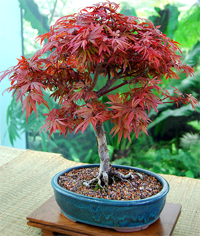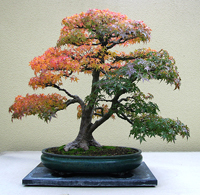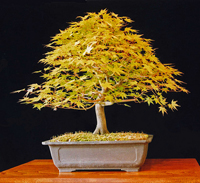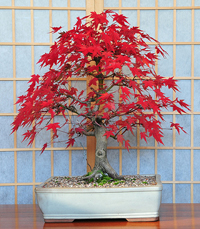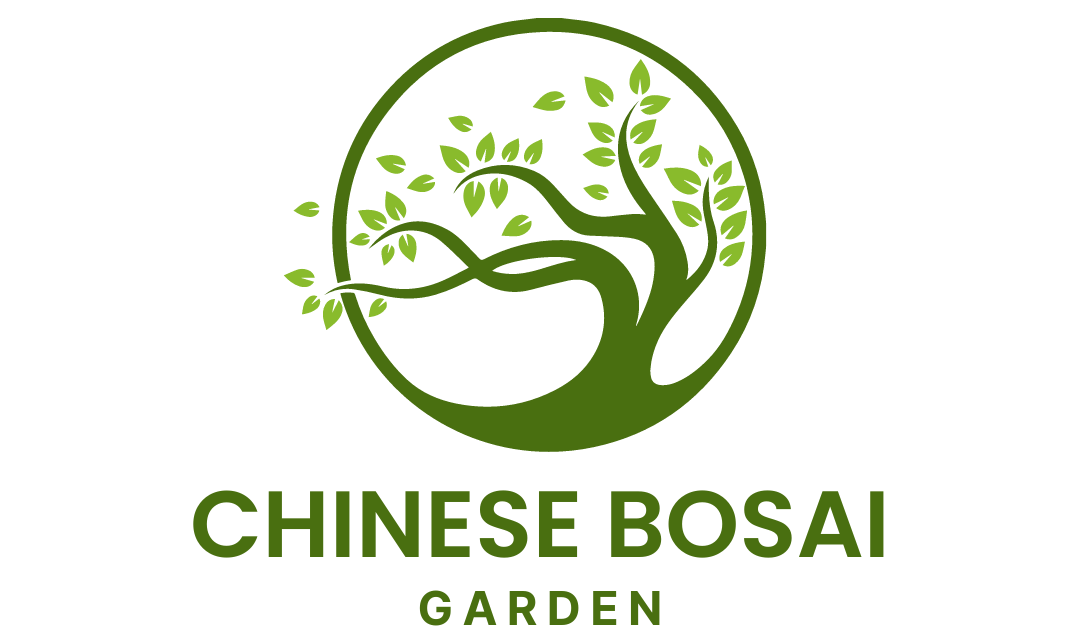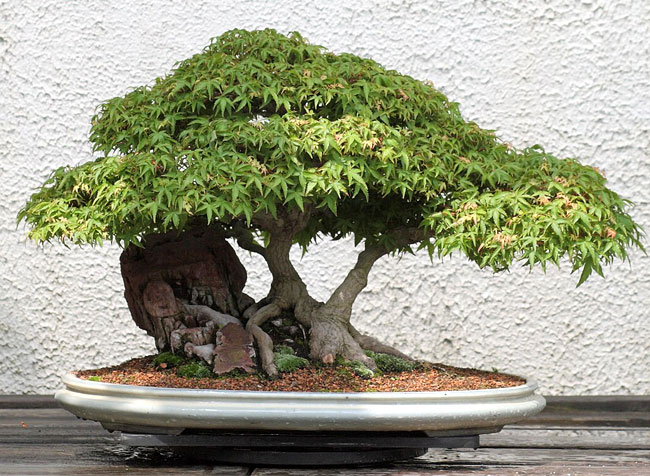
The botanical name for Japanese Maple bonsai is Acer palmatum. Native to Japan, Japanese Maple is one of the most popular deciduous bonsai trees. It has flexible branches that respond very well to training and wiring.
Leaves go through a wide range of colors, from green to orange, to deep red, as they mature. Many styles can be applied to Japanese Maple, including semi-cascade, triple-trunk, raft, curved-trunk, broom, group planting, and clump styles.
Japanese Maple Bonsai Watering
Japanese Maple bonsai tree needs more water during the growing season. From the middle of spring to the end of summer water once a day in the evening when the temperature is cooled down. In the winter water when necessary to prevent soil from drying up.
Japanese Maple Bonsai Hardiness
Japanese Maple bonsai tree can tolerate freezing temperatures for a short period of time when mature enough. I would recommend protecting it from severe freezing to avoid frost damage.
Japanese Maple bonsai tree does the best in temperatures from 30F – 90F. The ideal landscape is USDA Zone 5 or 6 depending on the variety.
Japanese Maple Bonsai Pruning
During the growing season cut back the leaves of healthy trees to reduce leaf size and intensify fall leaf color. To maintain the style you can pinch new shoots regularly. This will promote a beautiful network of branches. Winter is a good time to prune main branches.
Japanese Maple Bonsai Fertilizing
Fertilize every other week from spring to the end of summer. Use nitrogen-free fertilizer during fall. There is no need to fertilize during winter.
Japanese Maple Bonsai Repotting
Young Japanese Maple bonsai trees need to be repotted annually. Well-established maples, that are older than 10 years, should be repotted once every three years in the spring before buds open. The best soil to use is Japanese Akadalama clay.
Japanese Maple Bonsai Pets and Diseases
Japanese Maple bonsai tree generally is problem-free. Make sure to provide good air circulation to avoid powdery mildew development. If the tree is stressed, aphids and scale might also be a problem. During the growing season check the leaf surface regularly to catch any problem before it becomes severe. Have a great day.
Buying Japanese Maple Bonsai
There are a lot of different places where you can get Japanese Maple bonsai. My friends and I buy all of our bonsai trees online from “Bonsai Boy” Nursery located in New York. I tried buying bonsai trees from other sites, but they had much higher prices and the trees were not always properly trained.
“Bonsai Boy” has the lowest prices and highest quality bonsai trees you can find. This family-operated company has been in business since 1993. It has been really great experience and I feel lucky finding them. To buy Japanese Maple click on the links below:
Buy Japanese Red Maple Bonsai Tree »
